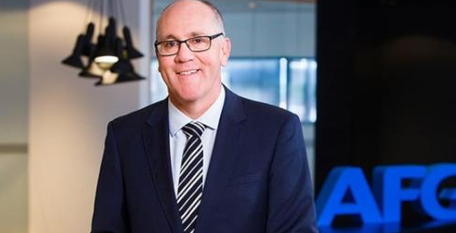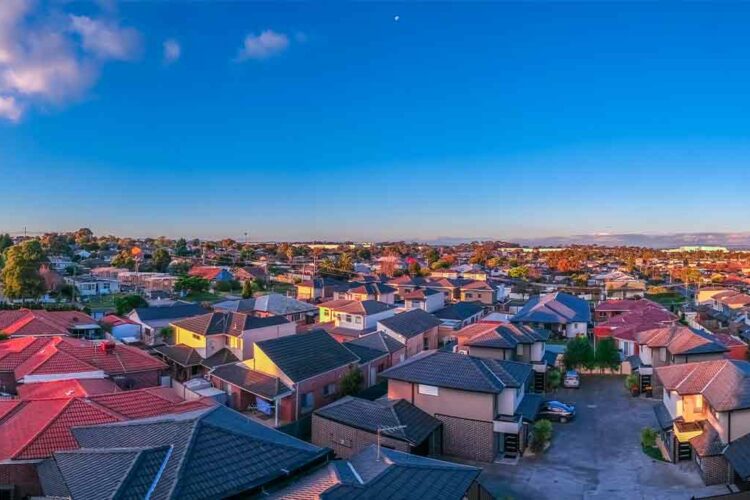The RBA has flagged more options are on the table for the next cash rate hike in October.
The Reserve Bank of Australia (RBA) will continue to lift interest rates until it is confident that higher inflation will not become entrenched, the governor of the RBA, Philip Lowe, told the House of Representatives Standing Committee on Economics on Friday, 16 September.
However, it said it will consider a 25 or 50 basis points (bps) at its next meeting, after the 25-bp option was not considered in August.
September marked the fifth consecutive cash rate hike, away from its record low 0.1 per cent, taking the cash rate to 2.35 per cent, as it attempts to curb runaway inflation.
“At some point, we won’t need to increase rates by 50 bps at each meeting and we’re getting closer to that point,” he told the committee.
He assured that rate increases will be done in a way that keeps the economy on “an even keel”.
“The Reserve Bank Board expects that further increases will be required to bring inflation back to target. We are not on a pre-set path, though,” Dr Lowe reiterated.
“At some point, it will be appropriate to slow the rate of increase in interest rates and the case for doing that becomes stronger as the level of interest rates increases.
“As I have said previously, the size and timing of future interest rate increases will be guided by the incoming data and the board’s assessment of the outlook for inflation and the labour market,” he continued.
Dr Lowe also spoke of the rapid increase in interest rates from “extraordinarily low levels” during the pandemic, and touched on the bank’s previous communication that interest rates wouldn’t rise until 2024, which was widely interpreted as a promise.
“We are currently working through the implications of this for our future approach to forward guidance and communication more generally,” Dr Lowe said.
Moreover, he touched on the criticism that the RBA provided too much support during the pandemic, arguing that “in those dark days of the pandemic, the Reserve Bank Board judged that the bigger policy mistake would have been to do too little, rather than too much”.
“If we had done too little and the worst had occurred, Australians could have paid a heavy price. As things turned out, thankfully, the worst was avoided. So it has been appropriate to unwind the very easy monetary conditions of the pandemic years and address the higher inflation that has emerged so quickly,” Dr Lowe said.
House prices to fall 10%
Questioned about the bank’s central forecast for the overall impact interest rates are expected to have on housing prices, Dr Lowe said that while the RBA doesn’t forecast housing prices he, personally, has a ballpark idea.
“They went up 25 per cent over the past two years. It would not surprise me — and this is not forecasting — if they came down by a cumulative 10 per cent.”
On Thursday, Treasury released an issues paper as the first stage in its review of the RBA, expanding on the terms of reference, the issues paper sets out some key questions that the review panel is considering — including the structure of the RBA board.
The review team will also take a closer look at the RBA’s forward guidance.
In the issues paper, the panel explained that while the RBA’s monetary policy actions greatly mirrored those taken by overseas banks, “the adoption of a yield curve target to reinforce its forward guidance was a relatively novel aspect”.
The RBA itself admitted that mistakes were made regarding its yield curve target in an internal review of the policy earlier this year.
Importantly, the review will also take into account the RBA’s message that interest rates would remain low for a long period of time.


